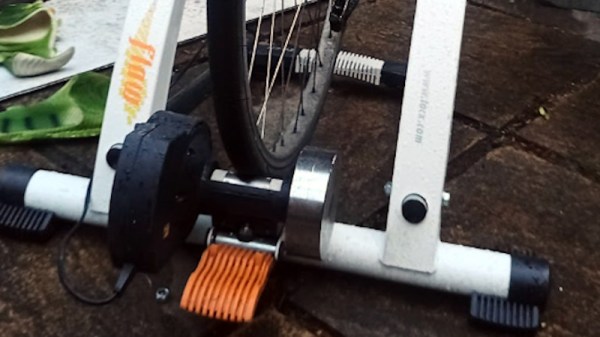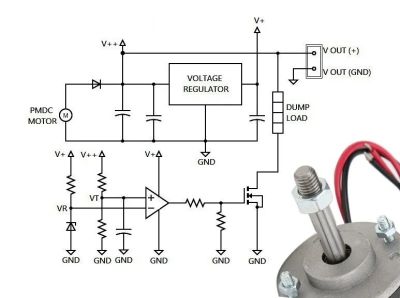For a farmer or gardener, fruit trees offer a way to make food (and sometimes money) with a minimum of effort, especially when compared to growing annual vegetables. Mature trees can be fairly self-sufficient, and may only need to be pruned once a year if at all. But getting the fruit down from these heights can be a challenge, even if it is on average less work than managing vegetable crops. [Kladrie] created this avocado snipper to help with the harvest of this crop.
Compounding the problem for avocados, even compared to other types of fruit, is their inscrutable ripeness schedule. Some have suggested that cutting the avocados out of the trees rather than pulling them is a way to help solve this issue as well, so [Kladrie] modified a pair of standard garden shears to mount on top of a long pole. A string is passed through the handle so that the user can operate them from the ground, and a small basket catches the fruit before it can plummet to the Earth. A 3D-printed guide helps ensure that the operator can reliable snip the avocados off of the tree on the first try without having to flail about with the pole and hope for the best, and the part holds the basket to the pole as well.
For those living in more northern climates, this design is similar to many tools made for harvesting apples, but the addition of the guide solves a lot of the problems these tools can have which is largely that it’s easy to miss the stems on the first try. Another problem with pulling the fruits off the tree, regardless of species, is that they can sometimes fling off of their branches in unpredictable ways which the snipping tool solves as well. Although it might not work well for avocados, if you end up using this tool for apples we also have a suggestion for what to do with them next.

















